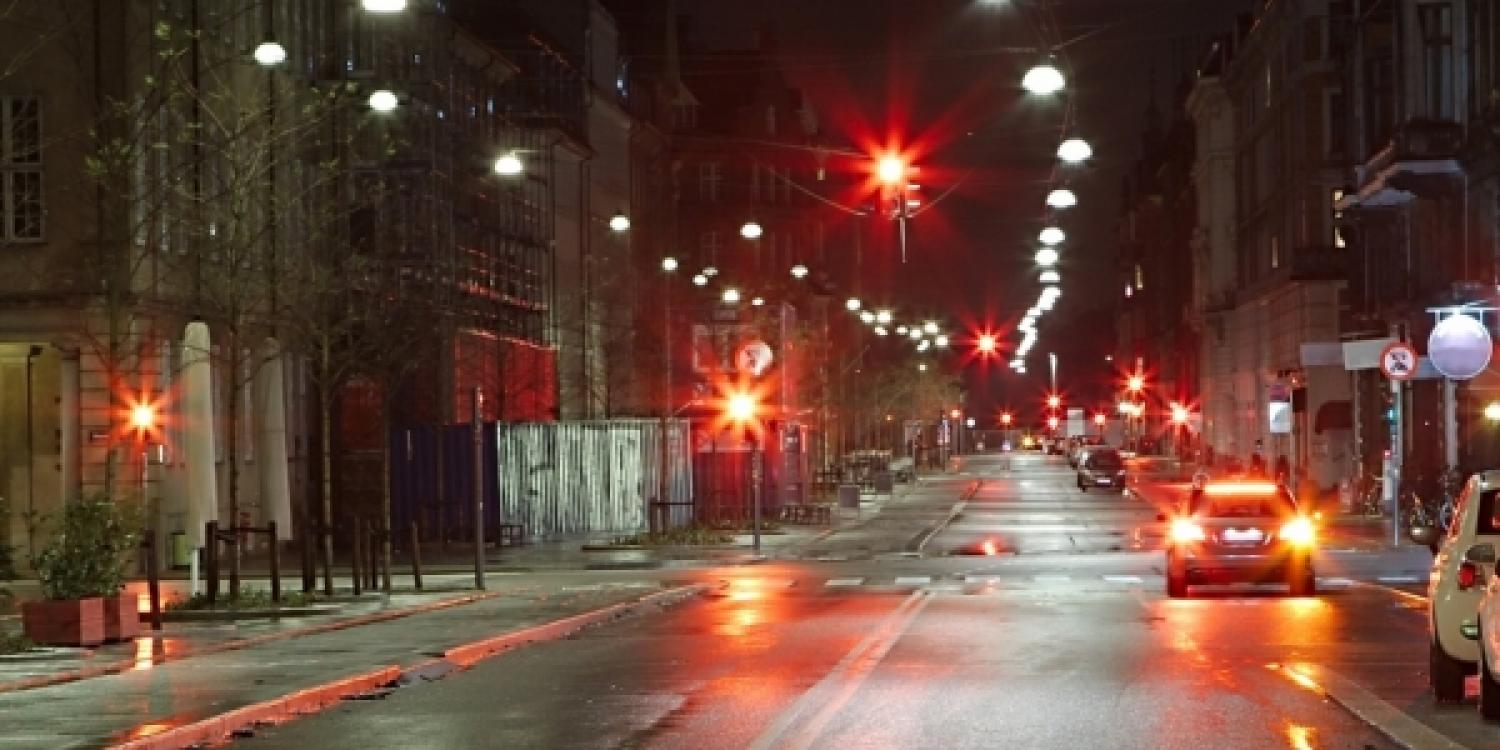Efficient and safe city street lighting

Information
Enlightening initiative...
- European city wants to become greener, safer and more prosperous
- New low-energy street lighting identified as key, resulting in three-year replacement programme
Swansea Council's 28 000 street lights were consuming high levels of energy so it was decided at one point to rationalise their use; 2 100 were turned off to save energy and a further 800 removed for safety reasons. But a more strategic decision was to invest in new low-energy lighting all round.
The plan was to replace all low and high-pressure sodium lamps on residential roads with light emitting diodes (LED), and to dim most lights by 30 % between 8 pm and 6 am to reduce energy consumption.
This led to substantial financial gains as well as a huge environmental benefit, while improving security and making Swansea a better place to live. The key actions taken and benefits could be replicated across many organisations.
The City first identified the need/problem (reviewed all requirements), then benchmarked current performance (cost/environmental impact) and looked at what the market could offer (reviewed procurement options). It carried out a trial of the proposed solution and monitored performance against the benchmarks.
The results
The actions delivered cost savings, reduced energy consumption and carbon impact, and created a brighter, safer urban environment. And because the new lights use less energy they also have a longer life span than the previous system. They require less maintenance, and the units can also be recycled. This programme required a significant upfront investment, funded via the Welsh Government.
With a reduction in energy use on residential roads of up to 60 %, the payback period was estimated to be four years. In addition to the energy, carbon and financial savings, this project has also led to the creation of an apprenticeship opportunity and a three-year contract for an additional electrician.
WRAP Cymru Public Sector Procurement, http://www.wrapcymru.org.uk/public-sector